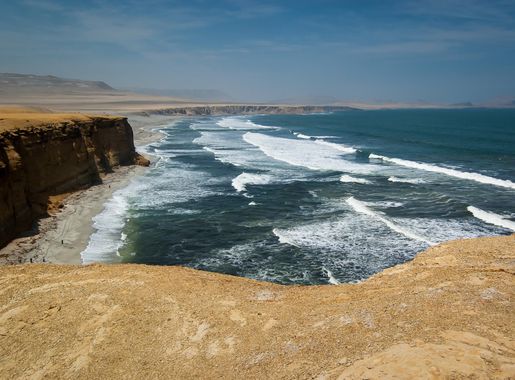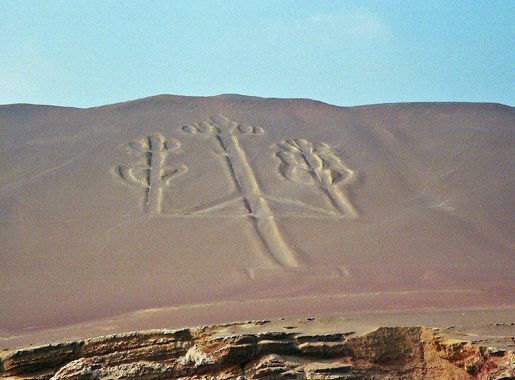
Paracas National Reserve: Peru's Coastal Gem
Discover Paracas National Reserve: A breathtaking blend of desert, sea, and history on Peru's southern coast, perfect for nature lovers and adventure enthusiasts.
Located along the southern coast of Peru, Paracas National Reserve offers a stunning blend of desert landscapes, vibrant marine life, and rich cultural history. This protected area covers over 800,000 acres and is a haven for nature lovers and adventure seekers alike. The reserve is home to diverse wildlife, including sea lions, flamingos, and the famous Humboldt penguins. Birdwatchers will be delighted by the variety of species that can be spotted along the coast and inland. The Ballestas Islands, accessible by boat, are a highlight, offering close encounters with seals, sea birds, and sometimes even dolphins. Paracas is not just about natural beauty; it is also steeped in history. The ancient Paracas culture, known for its intricate textiles and impressive necropolis, once thrived here. Visitors can explore the Paracas Museum, which showcases artifacts and provides insights into this fascinating civilization. The reserve's dramatic landscapes are perfect for photographers and outdoor enthusiasts. From the striking red beaches to the towering cliffs, every corner of Paracas offers a unique and picturesque view. Whether you are hiking, biking, or simply relaxing on the beach, the natural splendor of Paracas is sure to captivate you.
Local tips in Paracas National Reserve
- Visit early in the morning to avoid the heat and catch the best wildlife sightings.
- Bring sunscreen and a hat; the desert sun can be intense even on cooler days.
- Consider a guided boat tour to the Ballestas Islands for a closer look at marine life.
- Wear comfortable shoes for exploring the diverse terrain, from sandy beaches to rocky cliffs.
- Don't miss the Paracas Museum to learn about the area's rich cultural history.
Paracas National Reserve: Peru's Coastal Gem
Located along the southern coast of Peru, Paracas National Reserve offers a stunning blend of desert landscapes, vibrant marine life, and rich cultural history. This protected area covers over 800,000 acres and is a haven for nature lovers and adventure seekers alike. The reserve is home to diverse wildlife, including sea lions, flamingos, and the famous Humboldt penguins. Birdwatchers will be delighted by the variety of species that can be spotted along the coast and inland. The Ballestas Islands, accessible by boat, are a highlight, offering close encounters with seals, sea birds, and sometimes even dolphins. Paracas is not just about natural beauty; it is also steeped in history. The ancient Paracas culture, known for its intricate textiles and impressive necropolis, once thrived here. Visitors can explore the Paracas Museum, which showcases artifacts and provides insights into this fascinating civilization. The reserve's dramatic landscapes are perfect for photographers and outdoor enthusiasts. From the striking red beaches to the towering cliffs, every corner of Paracas offers a unique and picturesque view. Whether you are hiking, biking, or simply relaxing on the beach, the natural splendor of Paracas is sure to captivate you.
When is the best time to go to Paracas National Reserve?
Iconic landmarks you can’t miss
Playa La Mina de la Reserva Nacional de Paracas
Experience the breathtaking beauty of Playa La Mina, a hidden gem in the Reserva Nacional de Paracas, perfect for relaxation and adventure.

Reserva Nacional Islas Ballestas
Discover the breathtaking landscapes and diverse wildlife at Reserva Nacional Islas Ballestas, a must-visit national park in Peru.
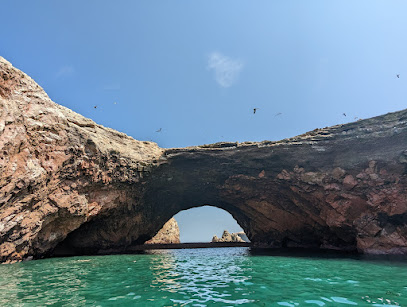
Hotel Paracas, a Luxury Collection Resort, Paracas
Experience the elegance and tranquility of Hotel Paracas, where luxury meets the stunning Peruvian coastline and unforgettable adventures await.

Hotel Paracas, a Luxury Collection Resort
Discover luxury and natural beauty at Hotel Paracas, a premier resort nestled along the stunning Peruvian coastline, perfect for relaxation and adventure.

Aranwa Paracas Resort & Spa
Experience luxury and tranquility at Aranwa Paracas Resort & Spa, your gateway to the stunning landscapes and rich culture of Paracas, Peru.

La Cátedral
Discover the breathtaking beauty of La Catedral, a stunning natural rock formation in Peru's Reserva Nacional de Paracas, rich in biodiversity and geological wonders.
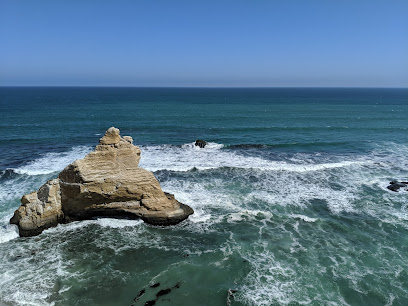
The Legend Paracas Resort - Destination by Hyatt
Discover the luxury of The Legend Paracas Resort, where breathtaking coastal views meet exceptional service in the heart of Paracas, Peru.

Hotel la Hacienda Bahía Paracas
Experience luxury and adventure at Hotel la Hacienda Bahía Paracas, a stunning resort nestled along the beautiful coast of Peru.

Playa La Mina Pisco
Experience the tranquility of Playa La Mina, a stunning beach in Paracas, Peru, perfect for relaxation, swimming, and appreciating nature's beauty.
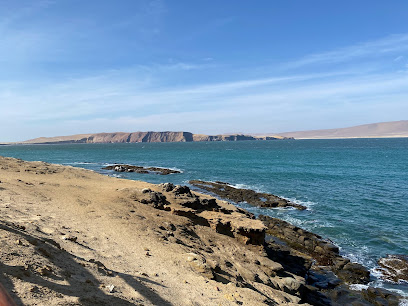
Viajero Kokopelli Paracas Hostel
Experience the vibrant culture and stunning landscapes of Paracas from Viajero Kokopelli Hostel, your home away from home.

Museo de Sitio Julio C. Tello de Paracas
Explore the Museo de Sitio Julio C. Tello de Paracas, an archaeological gem showcasing the rich heritage of the ancient Paracas culture amidst stunning natural beauty.
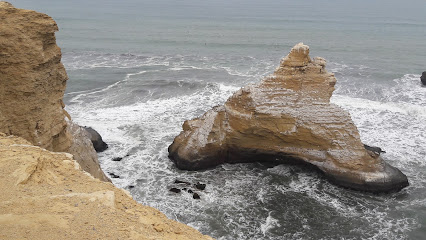
Fruzion
Discover Fruzion in Paracas - a delightful restaurant offering diverse breakfast, hamburger, and vegetarian options with a warm atmosphere.
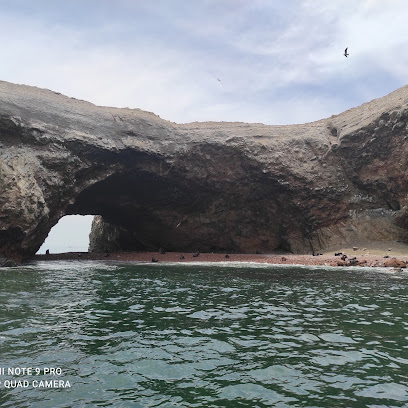
Candelabro de Paracas (Candelabra of Paracas)
Discover the captivating Candelabro de Paracas, a mysterious geoglyph that whispers tales of ancient civilizations along the stunning Peruvian coast.
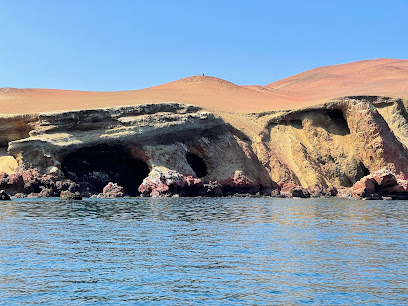
Playa El Raspón
Explore the stunning Playa El Raspón, a serene beach destination in Peru perfect for relaxation, adventure, and breathtaking sunsets.
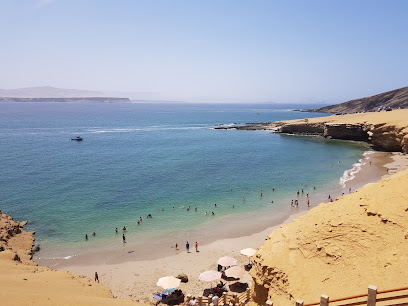
Waiki pizza bar
Discover the vibrant flavors of Waiki Pizza Bar in Paracas, where Mexican and Italian cuisines unite in a delightful dining experience.
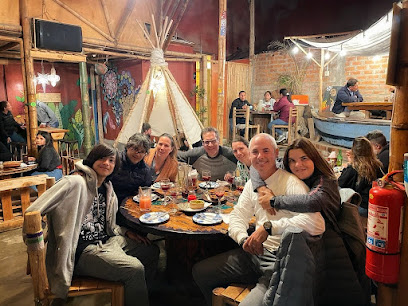
Unmissable attractions to see
La Cátedral
Experience the breathtaking natural beauty of La Catedral in Paracas, Peru, where unique rock formations meet stunning coastal views.
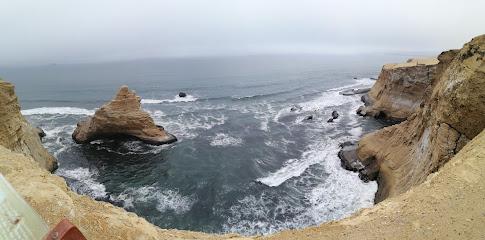
Plazuela del desembarco Don José de San Martín
Explore the serene beauty of Plazuela del desembarco Don José de San Martín in Paracas, a park that blends history with breathtaking coastal views.
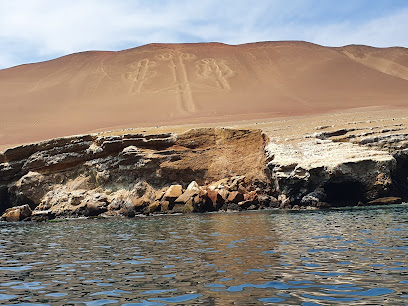
Paracas Overland
Explore the stunning landscapes of Paracas Overland, a gem in Peru's coastal paradise, offering rich biodiversity and unforgettable experiences.
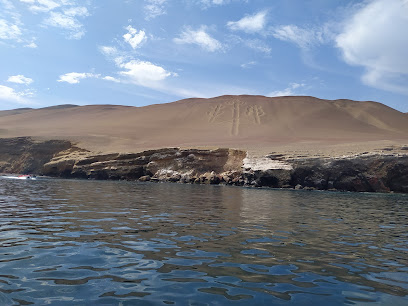
Plaza Iquique
Experience the vibrant atmosphere of Plaza Iquique in Paracas, Peru, where nature meets culture at this stunning state park.
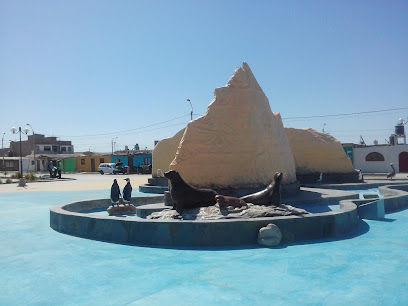
Juan Navarro Museum
Uncover the ancient secrets of Peru at the Juan Navarro Museum in Paracas, where history and culture come to life through captivating exhibits.
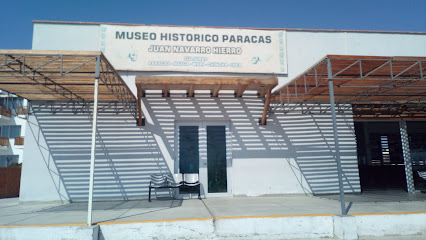
Playa Lagunilla de las Algas
Experience the tranquil beauty of Playa Lagunilla de las Algas, a hidden gem along the Peruvian coast that's perfect for relaxation and adventure.
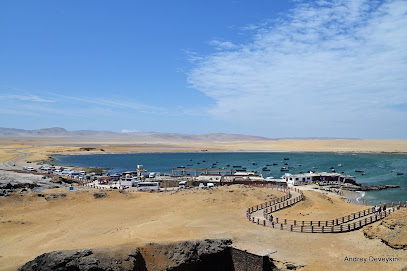
Mirador san martin
Discover the breathtaking views and natural beauty at Mirador San Martin, a must-visit destination in Paracas, Peru.
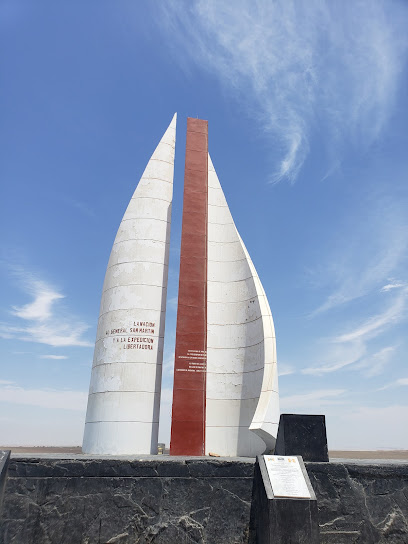
Salinas De Otuma
Explore the breathtaking landscapes and rich biodiversity of Salinas De Otuma, a serene nature preserve in Peru.
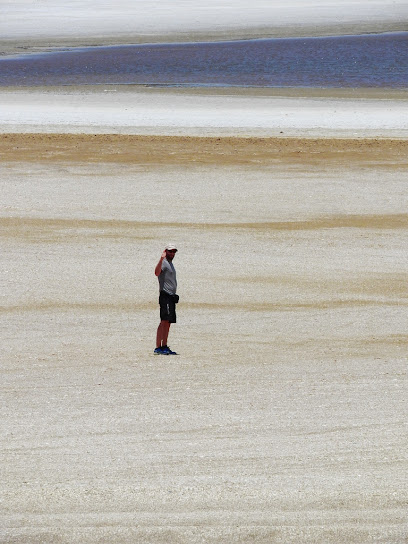
Lucía Conde Park
Explore Lucía Conde Park in Paracas, a lush green oasis perfect for picnics, strolls, and immersing yourself in the beauty of nature.
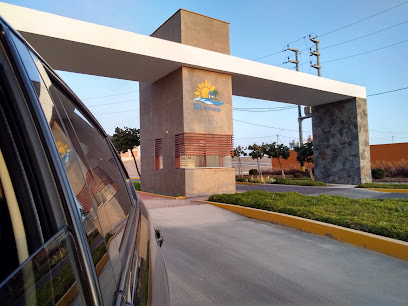
Museo del Pisco
Immerse yourself in the rich history of Peru's national spirit at Museo del Pisco in Paracas, where culture, tradition, and tasting come together.
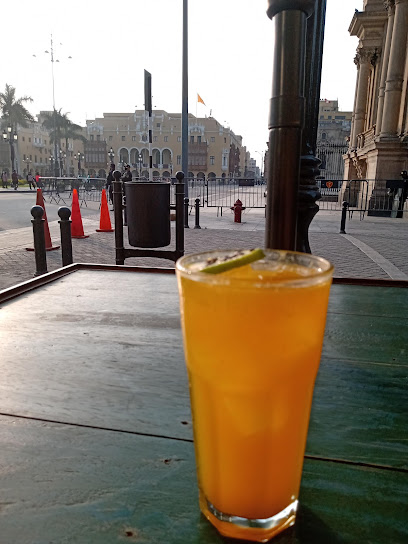
Barco hundido
Discover the captivating Barco Hundido in Paracas, Peru – an underwater marvel teeming with marine life and rich maritime history.
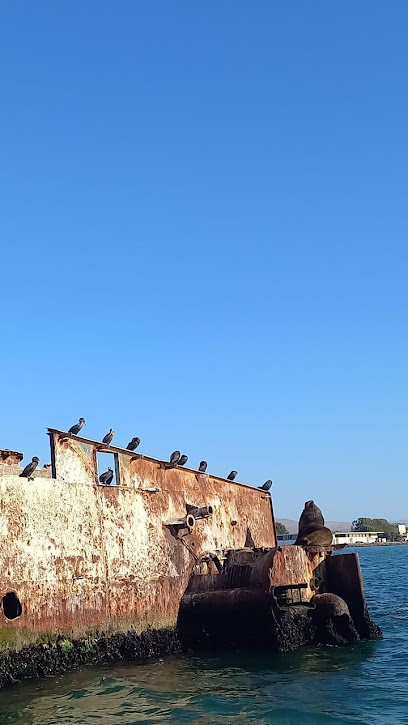
Foza La Mina
Explore the captivating beauty and rich history of Foza La Mina in Pisco, Peru, a perfect destination for nature lovers and cultural enthusiasts alike.

Marianela Vargas Park
Experience the natural beauty and tranquility of Marianela Vargas Park in Paracas, a perfect destination for relaxation and breathtaking coastal views.

Aranwa Pier
Experience the breathtaking views and serene atmosphere at Aranwa Pier, a must-visit tourist attraction in Paracas, Peru.
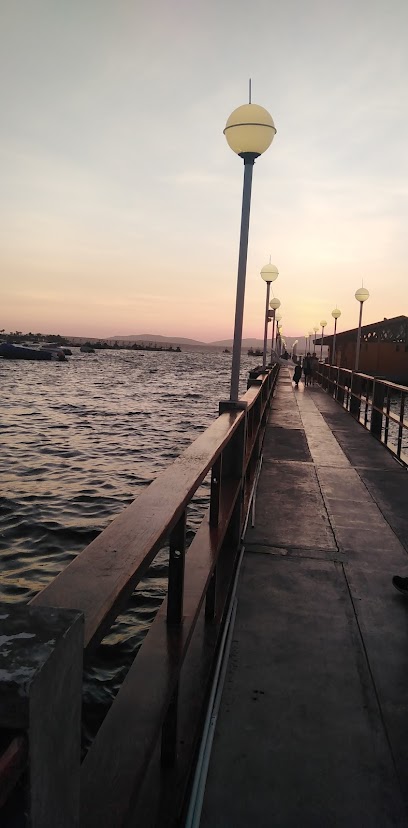
Paracas
Explore the stunning landscapes and rich wildlife of Paracas, Peru, a coastal destination known for its breathtaking views and vibrant cultural experiences.
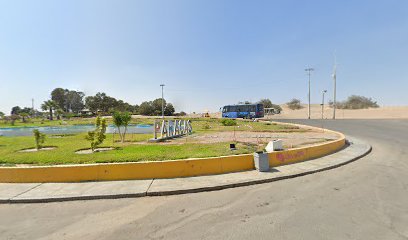
Essential places to dine
Fruzion
Discover Fruzion in Paracas: A delightful restaurant offering scrumptious breakfasts, gourmet burgers, and vegetarian options amidst stunning coastal scenery.

Restaurant Paracas
Savor authentic Peruvian flavors at Restaurant Paracas - where seafood meets vegan delights in a charming coastal setting.
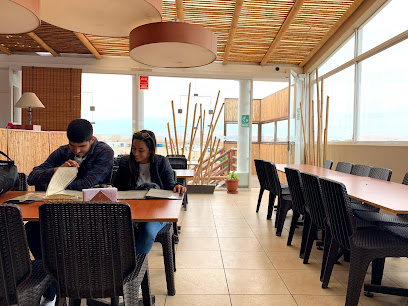
Pukasoncco
Explore Pukasoncco: A delightful fusion of authentic Peruvian cuisine and captivating local art in the heart of Paracas.
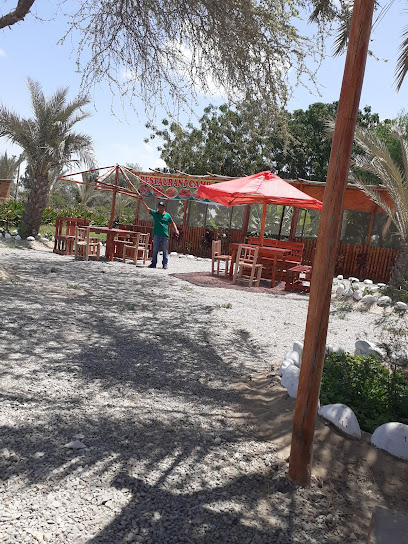
Restaurant Nautilus
Experience exquisite Peruvian-Italian cuisine with breathtaking ocean views at Restaurant Nautilus in Paracas.

Milla Cero
Discover culinary excellence at Milla Cero in Paracas, where fresh ceviche meets stunning coastal views.
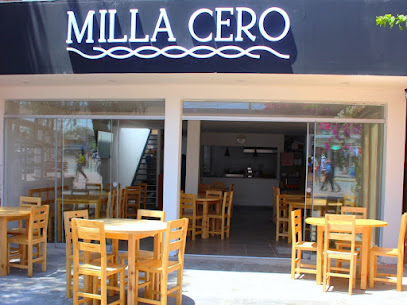
Sol de Paracas
Experience authentic Peruvian cuisine at Sol de Paracas – where fresh ingredients meet traditional flavors in a beautiful coastal setting.
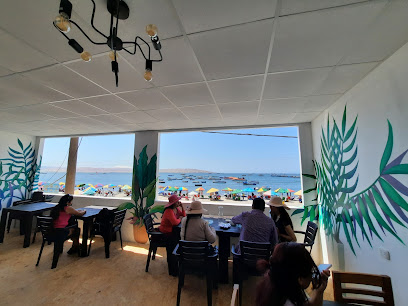
El Arizal
Discover El Arizal: A culinary delight offering local flavors and stunning ocean views in Paracas.
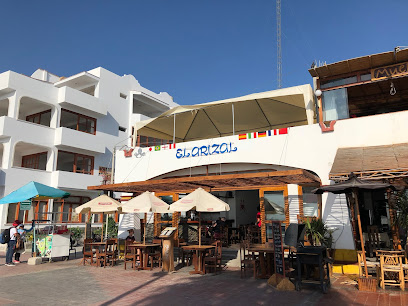
Trattoria de Paracas
Discover the flavors of Peru at Trattoria de Paracas - where culinary excellence meets coastal charm.
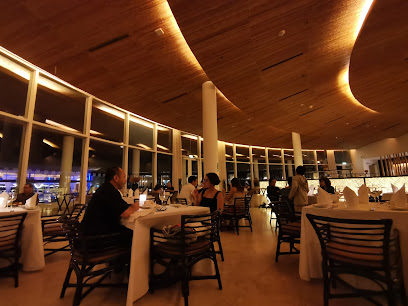
Lobo Fino
Discover Lobo Fino in Paracas - where fresh seafood meets traditional Peruvian flavors in a vibrant coastal setting.
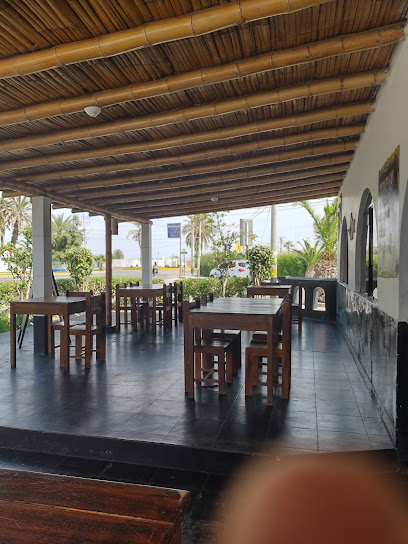
RESERVA Restaurante - Paracas
Experience authentic Italian cuisine with stunning coastal views at RESERVA Restaurante in Paracas.
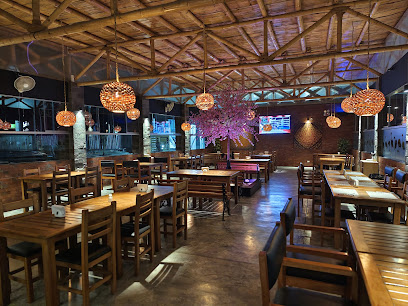
Destinos Restaurant Paracas
Experience authentic Peruvian cuisine with stunning ocean views at Destinos Restaurant Paracas - a true culinary gem on the coast.
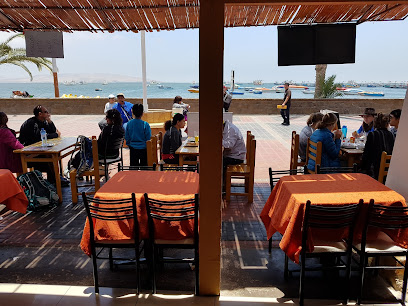
Fresco Open Kitchen
Discover Fresco Open Kitchen in Paracas for an authentic taste of Peru's vibrant culinary scene with exquisite dishes and inviting ambiance.

Misk'i
Discover Misk'i in Paracas: A delightful grill and bar offering exquisite Peruvian cuisine and innovative cocktails amidst stunning coastal views.
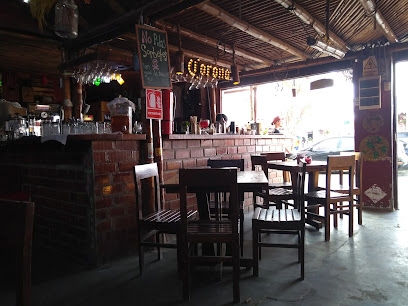
La Muña
Discover La Muña in Paracas: A delightful restaurant serving fresh Peruvian cuisine amidst breathtaking coastal views.
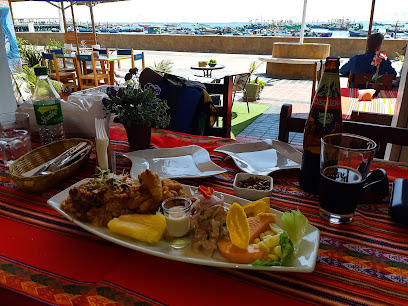
Bruces Restobar Paracas
Experience authentic Peruvian cuisine at Bruces Restobar in Paracas - where fresh seafood meets stunning coastal views.
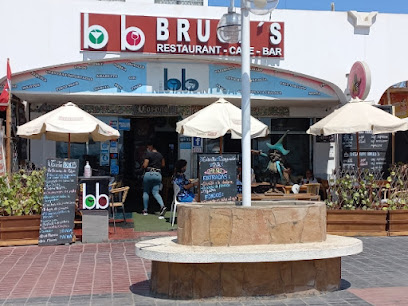
Markets, malls and hidden boutiques
Playa La Mina de la Reserva Nacional de Paracas
Experience the breathtaking beauty of Playa La Mina in Paracas National Reserve, a pristine beach surrounded by stunning cliffs and rich biodiversity.
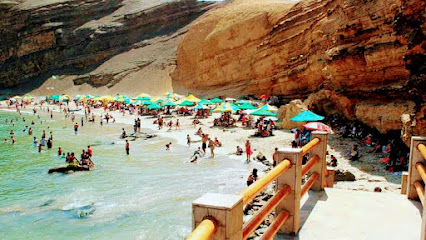
Playa La Mina Pisco
Experience serene beauty at Playa La Mina, a hidden gem in Paracas, Peru, perfect for sunbathing, swimming, and wildlife watching.
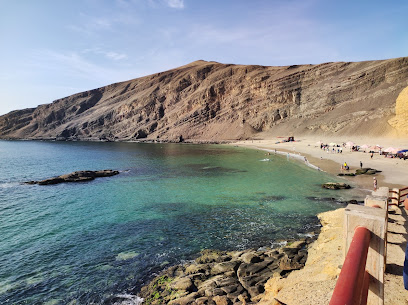
Candelabro de Paracas (Candelabra of Paracas)
Explore the Candelabro de Paracas, an ancient geoglyph that blends mystery with breathtaking coastal views in Peru's stunning landscape.
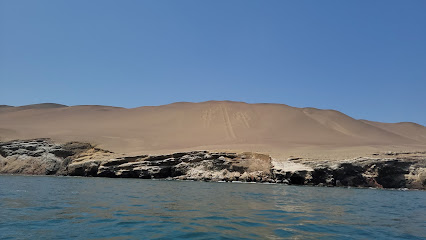
Triple C - Desayunos
Discover Triple C - Desayunos in Paracas, where delicious breakfasts meet a family-friendly atmosphere with vegetarian and Venezuelan delights.
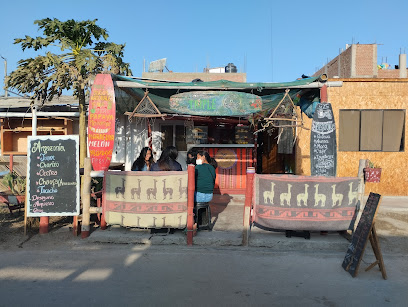
Yakupark Adventure
Experience the ultimate water adventure in Paracas at Yakupark Adventure, where fun and relaxation merge under the sun.
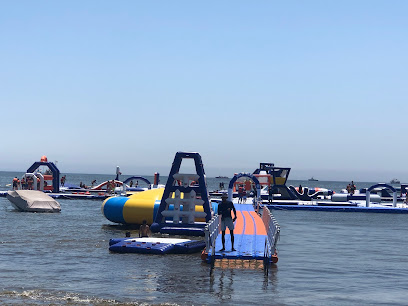
El Chaco Paracas
Explore El Chaco Paracas: A breathtaking destination where desert meets ocean, rich in biodiversity and cultural heritage.
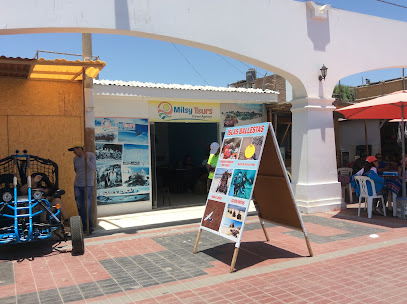
Plaza de Paracas
Discover the tranquil beauty of Plaza de Paracas, a serene park offering stunning ocean views and lush landscapes in the heart of Paracas.
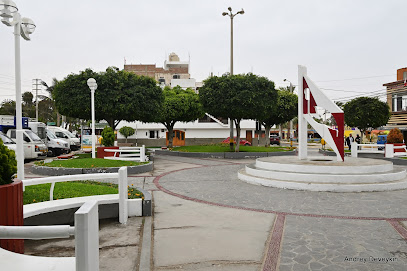
Britt Shop Hotel Libertador
Discover unique gifts and local treasures at Britt Shop Hotel Libertador in Paracas, your go-to shop for souvenirs and artisan crafts.

Puerto Specialty Coffee
Discover the rich flavors of Peru at Puerto Specialty Coffee, a charming espresso bar in Paracas, perfect for coffee lovers and travelers.
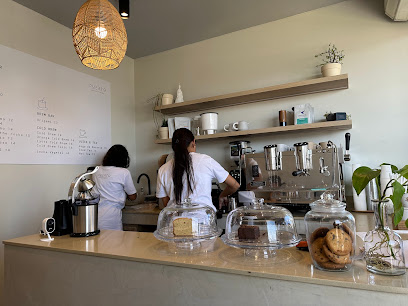
Multiservicios Hnos.
Discover the convenience of Multiservicios Hnos. in Paracas, your essential supermarket for local and international goods while exploring Peru's coast.
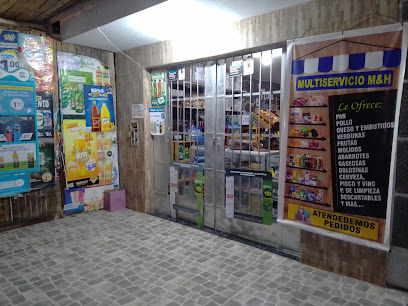
Coffee Bell
Experience the rich flavors of expertly brewed coffee at Coffee Bell, a must-visit espresso bar in the heart of Paracas, Peru.
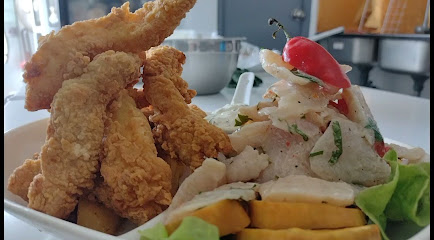
Feria Artesanal Boulevard Norte
Discover the vibrant craft culture of Peru at Feria Artesanal Boulevard Norte, a treasure trove of handmade souvenirs and local artistry.

LUIS MIGUEL STORE
Explore the vibrant charm of Paracas at Luis Miguel Store, your go-to destination for local essentials and unique souvenirs.
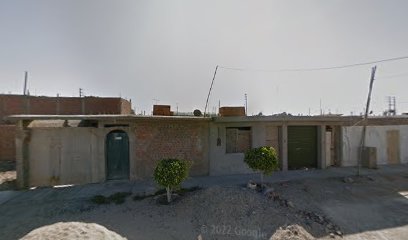
Harbor Marine - PARACAS
Explore Paracas with Harbor Marine – your go-to destination for outboard motors and marine adventures along Peru's stunning coastline.
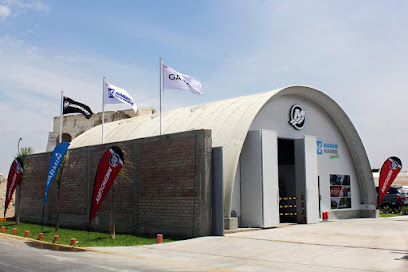
Turicentro Paracas
Discover the vibrant Turicentro Paracas, where shopping, dining, and adventure come together in a unique Peruvian experience.
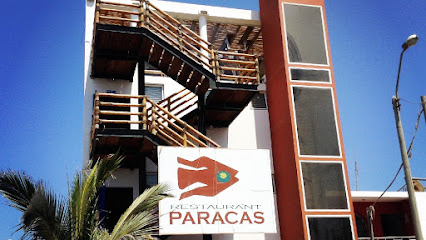
Essential bars & hidden hideouts
Karamba Resto-Bar
Discover the vibrant culinary scene at Karamba Resto-Bar, where local flavors meet international cuisine in the heart of Paracas.
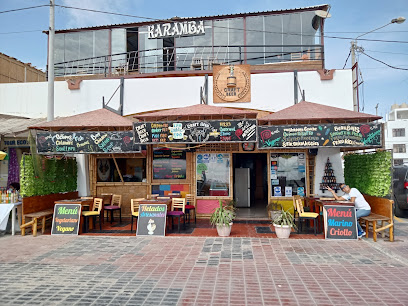
Valhalla Resto-Bar
Discover the vibrant culinary scene at Valhalla Resto-Bar in Paracas, where gourmet dishes and stunning views create an unforgettable dining experience.
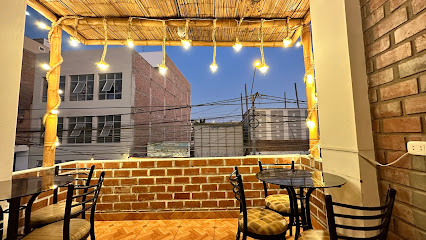
Muelle Viejo Restobar Hospedaje
Experience authentic Peruvian cuisine with stunning ocean views at Muelle Viejo Restobar Hospedaje, a culinary gem in Paracas.
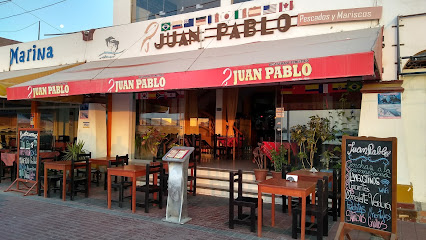
Misk'i
Discover the essence of Peruvian cuisine at Misk'i, a grill restaurant in Paracas serving up fresh flavors and delightful dishes.
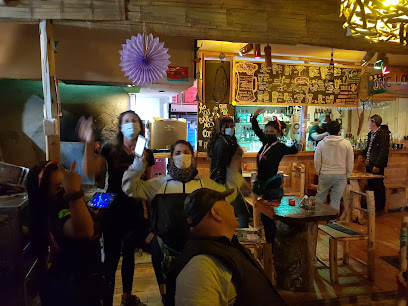
Fusión Latino
Experience the vibrant culinary scene of Paracas at Fusión Latino, where traditional Peruvian flavors meet modern grill techniques.

Bruces Restobar Paracas
Experience the best of Peruvian cuisine at Bruces Restobar Paracas, where fresh seafood and local flavors come together in a stunning coastal setting.
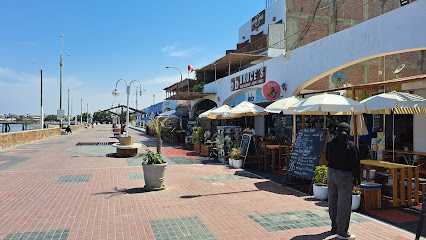
Argos Bar
Experience the vibrant coastal atmosphere at Argos Bar in Paracas, where refreshing drinks and stunning ocean views await.
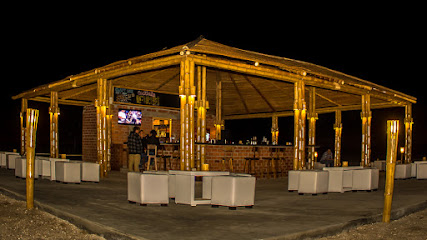
Summerland Paracas Fast Food & Bar
Experience the best of Peruvian gastronomy at Summerland Paracas Fast Food & Bar, a delightful gastropub in the heart of Paracas.
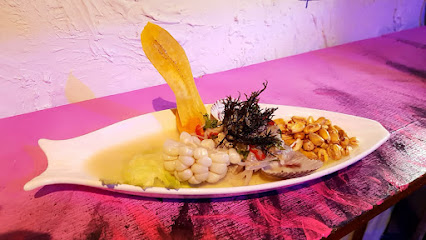
Wayta Rapi café bar
Experience the vibrant flavors of Paracas at Wayta Rapi Café Bar, where grilled delights meet a relaxed atmosphere in a picturesque setting.
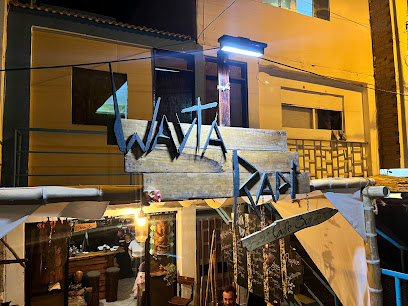
Santuario Restobar by VPX
Experience the flavors of Peru at Santuario Restobar, a vibrant gastropub in Paracas, perfect for food lovers and travelers alike.
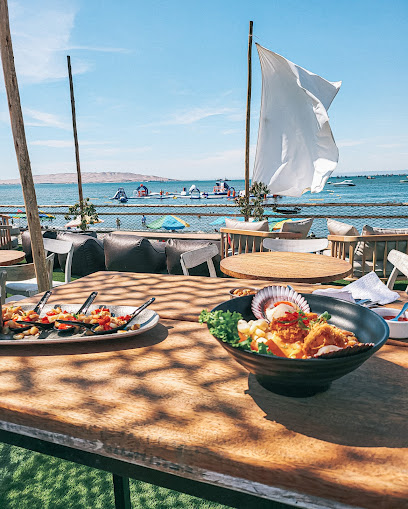
D'lucio
Discover the vibrant atmosphere of D'lucio in Paracas, where refreshing drinks and stunning coastal views await you.
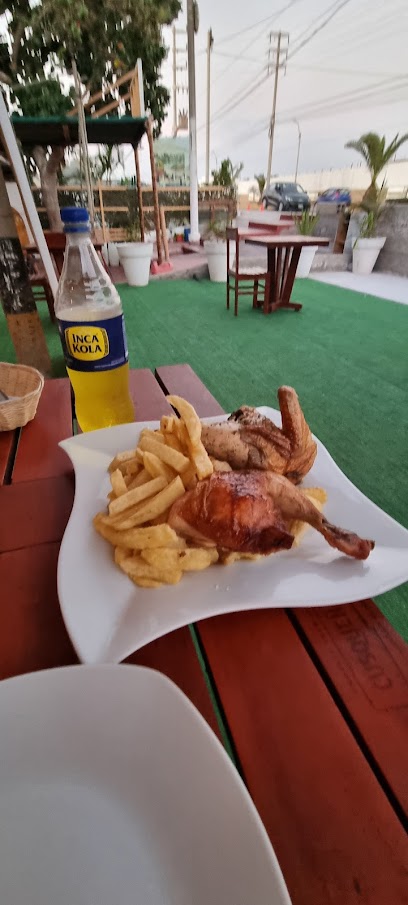
PARRAKAS Restobar
Experience the best of Peruvian flavors at PARRAKAS Restobar in Paracas, where local cuisine meets stunning coastal views.
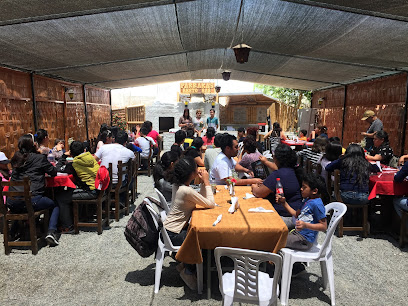
Bar Zarcillo
Discover the vibrant atmosphere of Bar Zarcillo in Paracas, where refreshing cocktails and stunning views unite for an unforgettable experience.

ATARDECER MÁGICO
Experience breathtaking sunsets and adventure at Atardecer Mágico, the perfect blend of nature, relaxation, and fun in Paracas, Peru.
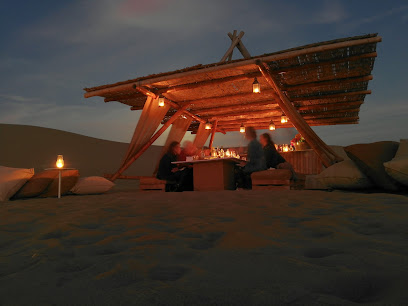
Millennial Bar
Discover the lively ambiance and delightful grill offerings at Millennial Bar in Paracas, where every bite is a taste of local culture.

Local Phrases about Paracas National Reserve
-
- HelloHola
[oh-la] - GoodbyeAdiós
[ah-dee-ohs] - YesSí
[see] - NoNo
[no] - Please/You're welcomePor favor/De nada
[por fah-vor/de nah-dah] - Thank youGracias
[grah-see-as] - Excuse me/SorryPerdón/Lo siento
[pair-dohn/loh see-en-toh] - How are you?¿Cómo estás?
[koh-moh es-tahs] - Fine. And you?Bien. ¿Y tú?
[bee-en. ee too] - Do you speak English?¿Hablas inglés?
[ah-blahs een-glays] - I don't understandNo entiendo
[noh en-tyen-doh]
- HelloHola
-
- I'd like to see the menu, pleaseMe gustaría ver el menú, por favor
[may goo-stah-ree-ah ver el meh-noo, por fah-vor] - I don't eat meatNo como carne
[noh koh-moh kahr-neh] - Cheers!¡Salud!
[sah-lood] - I would like to pay, pleaseMe gustaría pagar, por favor
[may goo-stah-ree-ah pah-gahr, por fah-vor]
- I'd like to see the menu, pleaseMe gustaría ver el menú, por favor
-
- Help!¡Ayuda!
[ah-yoo-dah] - Go away!¡Vete!
[veh-teh] - Call the Police!¡Llama a la policía!
[yah-mah ah lah poh-lee-see-ah] - Call a doctor!¡Llama a un médico!
[yah-mah ah oon meh-dee-koh] - I'm lostEstoy perdido
[ehs-toy pair-dee-doh] - I'm illEstoy enfermo
[ehs-toy ehn-fehr-moh]
- Help!¡Ayuda!
-
- I'd like to buy...Me gustaría comprar...
[may goo-stah-ree-ah kohm-prahr] - I'm just lookingSolo estoy mirando
[soh-loh ehs-toy mee-rahn-doh] - How much is it?¿Cuánto cuesta?
[kwan-to kwes-tah] - That's too expensiveEso es demasiado caro
[eh-soh es deh-mah-see-ah-doh kah-roh] - Can you lower the price?¿Puedes bajar el precio?
[pweh-des bah-har el preh-see-oh]
- I'd like to buy...Me gustaría comprar...
-
- What time is it?¿Qué hora es?
[keh oh-rah es] - It's one o'clockEs la una
[es lah oo-nah] - Half past (10)Son las diez y media
[son lahs dyehs ee meh-dee-ah] - MorningMañana
[mah-nyah-nah] - AfternoonTarde
[tahr-deh] - EveningNoche
[noh-cheh] - YesterdayAyer
[ah-yehr] - TodayHoy
[oy] - TomorrowMañana
[mah-nyah-nah] - 1Uno
[oo-noh] - 2Dos
[dohs] - 3Tres
[trehs] - 4Cuatro
[kwah-troh] - 5Cinco
[seen-koh] - 6Seis
[says] - 7Siete
[syeh-teh] - 8Ocho
[oh-choh] - 9Nueve
[nweh-veh] - 10Diez
[dyehs]
- What time is it?¿Qué hora es?
-
- Where's a/the...?¿Dónde está un/el...?
[dohn-deh ehs-tah oon/el] - What's the address?¿Cuál es la dirección?
[kwal es lah dee-rehk-syon] - Can you show me (on the map)?¿Puedes mostrarme (en el mapa)?
[pweh-des mohs-trar-meh (en el mah-pah)] - When's the next (bus)?¿Cuándo es el próximo (autobús)?
[kwan-doh es el proh-ksee-moh (ow-toh-boos)] - A ticket (to ....)Un boleto (a ....)
[oon boh-leh-toh (ah)]
- Where's a/the...?¿Dónde está un/el...?
History of Paracas National Reserve
-
The Paracas Culture, which flourished between 750 BCE and 100 CE, is one of the most significant ancient civilizations associated with the Paracas National Reserve. Known for their advanced knowledge of irrigation and water management, the Paracas people developed complex textile arts, ceramics, and practiced cranial deformation as a cultural and social marker.
-
In the 1920s, Peruvian archaeologist Julio C. Tello made a groundbreaking discovery at the Paracas National Reserve. He uncovered the Paracas Necropolis, a vast burial site containing intricately woven textiles, pottery, and mummified remains. These findings provided invaluable insights into the Paracas Culture's funerary practices and societal structure.
-
One of the most enigmatic landmarks in the Paracas National Reserve is the Paracas Candelabra, a large-scale geoglyph etched into the northern face of the Paracas Peninsula. Measuring approximately 180 meters in height, its origin and purpose remain a mystery, though it is speculated to have served as a navigational guide for ancient mariners or held religious significance.
-
During the Spanish Colonial period, the Paracas region was largely ignored due to its harsh desert environment. However, the area was occasionally visited by Spanish explorers and missionaries. The Paracas National Reserve's coastal waters were also frequented by pirates and privateers in search of treasure and resources.
-
Established in 1975, the Paracas National Reserve was created to protect the unique natural and cultural heritage of the Paracas Peninsula and its surrounding waters. The reserve spans over 3,350 square kilometers and is home to a diverse array of wildlife, including sea lions, flamingos, and over 200 species of birds. It also preserves the archaeological sites and artifacts of the ancient Paracas Culture.
-
Today, Paracas National Reserve is a popular tourist destination, attracting visitors from around the world who come to explore its stunning landscapes, rich history, and diverse marine life. The reserve plays a crucial role in the local economy, promoting sustainable tourism and conservation efforts to ensure the preservation of its natural and cultural treasures for future generations.
Paracas National Reserve Essentials
-
Paracas National Reserve is located approximately 250 kilometers south of Lima, the capital of Peru. The most convenient way to get there is by road. Several bus companies operate daily services from Lima to Paracas, with the journey taking about 3.5 to 4 hours. Alternatively, you can rent a car and drive along the Pan-American Highway, which offers scenic views of the Peruvian coastline.
-
Once you arrive in Paracas, getting around is relatively easy. Taxis and mototaxis (auto rickshaws) are commonly used for short distances. For exploring the Paracas National Reserve, it is advisable to hire a guided tour or rent a bike, ATV, or 4x4 vehicle, as the terrain can be challenging. Walking is also an option for shorter distances within the reserve.
-
The official currency in Peru is the Peruvian Sol (PEN). Credit cards are widely accepted in hotels, restaurants, and larger shops in Paracas. However, it is advisable to carry cash for smaller establishments and local markets. ATMs are available in Paracas, but it is a good idea to withdraw sufficient cash in Lima or Pisco before traveling to ensure you have enough funds.
-
Paracas is generally safe for tourists, but it is always wise to take standard precautions. Avoid walking alone at night, especially in poorly lit areas. Keep an eye on your belongings in crowded places and be cautious of your surroundings. Petty crime, such as pickpocketing, can occur, particularly in busier areas. There are no specific high-crime areas targeting tourists, but vigilance is always recommended.
-
In case of an emergency, dial 105 for police assistance or 116 for medical emergencies. Paracas has a medical center, but serious health issues may require a trip to the larger hospital in Pisco, about 20 kilometers away. It is recommended to have travel insurance that covers medical emergencies. Pharmacies are available in Paracas for minor health concerns and over-the-counter medications.
-
Fashion: Do wear comfortable, casual clothing suitable for outdoor activities. Layers are recommended due to variable weather conditions. Avoid wearing expensive jewelry or flashy clothing. Religion: Respect local customs and traditions. Although Paracas is not particularly religious, it is polite to dress modestly when visiting churches or religious sites. Public Transport: Do be respectful on public transport. Offer your seat to elderly passengers if needed. Don't eat or drink on public buses. Greetings: A simple handshake is a common form of greeting. A friendly smile and a 'Buenos días' (Good morning) or 'Buenas tardes' (Good afternoon) are appreciated. Eating & Drinking: Do try local seafood delicacies, which are fresh and delicious. Don't refuse food or drink offerings, as it is considered impolite.
-
To experience Paracas National Reserve like a local, consider visiting the reserve early in the morning to avoid crowds and enjoy the serene environment. Engage with local fishermen and learn about their traditional fishing methods. Don't miss trying ceviche, a popular Peruvian dish made with fresh fish marinated in lime juice. For a unique experience, take a boat tour to the Ballestas Islands to see diverse wildlife, including sea lions, penguins, and various bird species.
Trending Landmarks in Paracas National Reserve
-
Playa La Mina de la Reserva Nacional de Paracas
-
Reserva Nacional Islas Ballestas
-
Hotel Paracas, a Luxury Collection Resort, Paracas
-
Hotel Paracas, a Luxury Collection Resort
-
Aranwa Paracas Resort & Spa
-
La Cátedral
-
The Legend Paracas Resort - Destination by Hyatt
-
Hotel la Hacienda Bahía Paracas
-
Playa La Mina Pisco
-
Viajero Kokopelli Paracas Hostel
-
Museo de Sitio Julio C. Tello de Paracas
-
Fruzion
-
Candelabro de Paracas (Candelabra of Paracas)
-
Playa El Raspón
-
Waiki pizza bar
Nearby Cities to Paracas National Reserve
-
Things To Do in Lima
-
Things To Do in Huancayo
-
Things To Do in Ayacucho
-
Things To Do in Machu Picchu
-
Things To Do in Cusco
-
Things To Do in Huaraz
-
Things To Do in Arequipa
-
Things To Do in Trujillo
-
Things To Do in Puno
-
Things To Do in Tacna
-
Things To Do in Copacabana
-
Things To Do in Arica
-
Things To Do in Chiclayo
-
Things To Do in La Paz
-
Things To Do in Iquique

